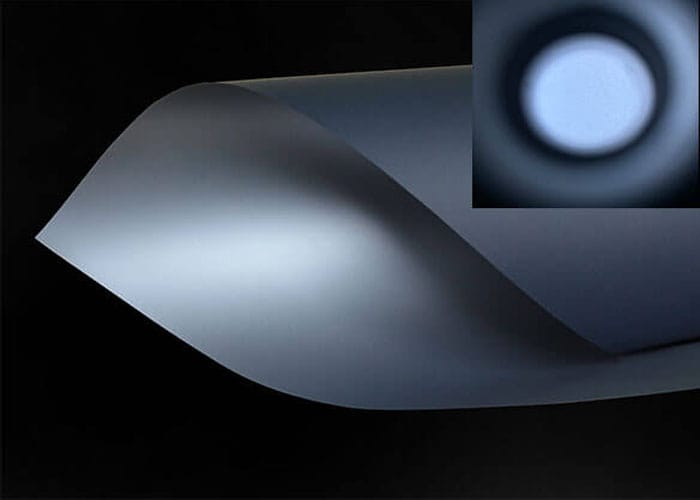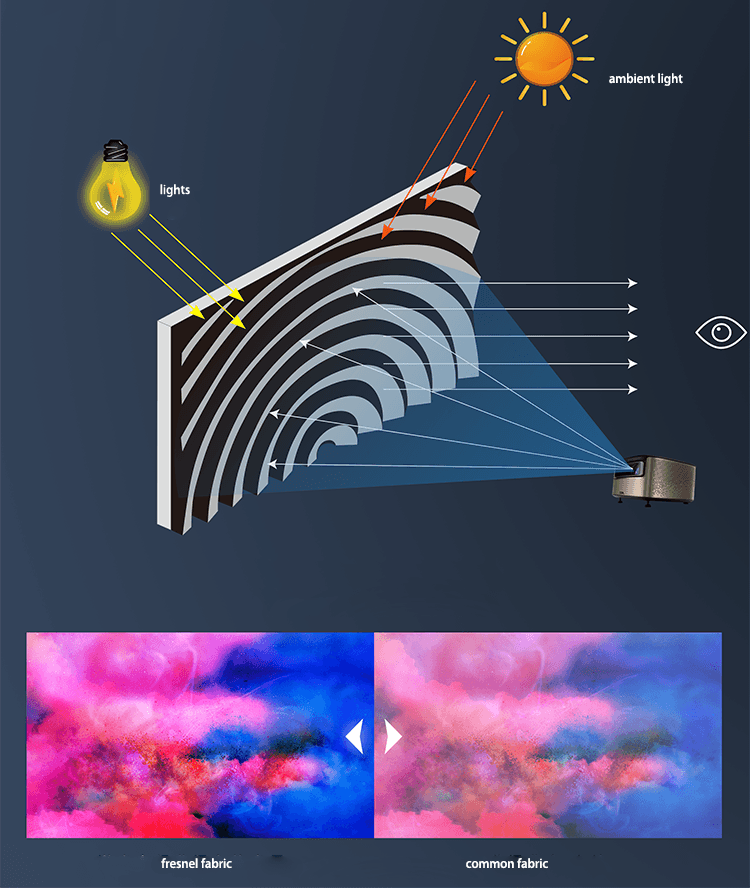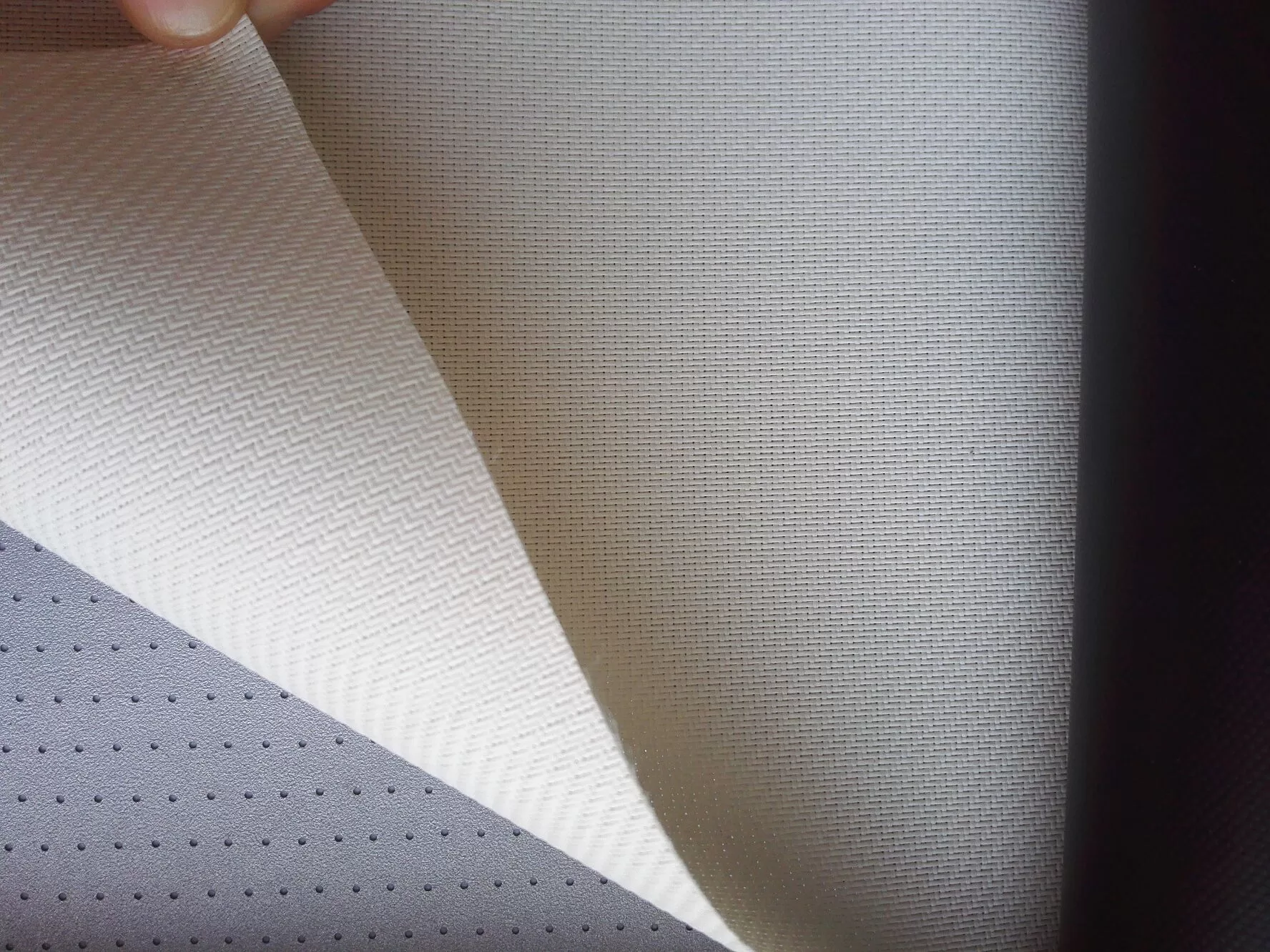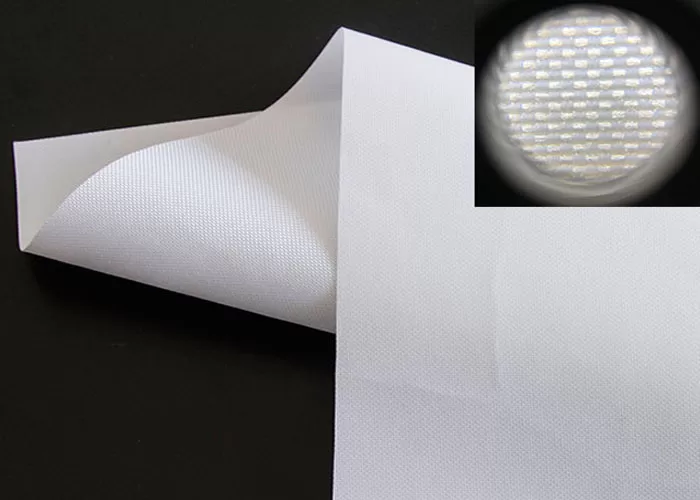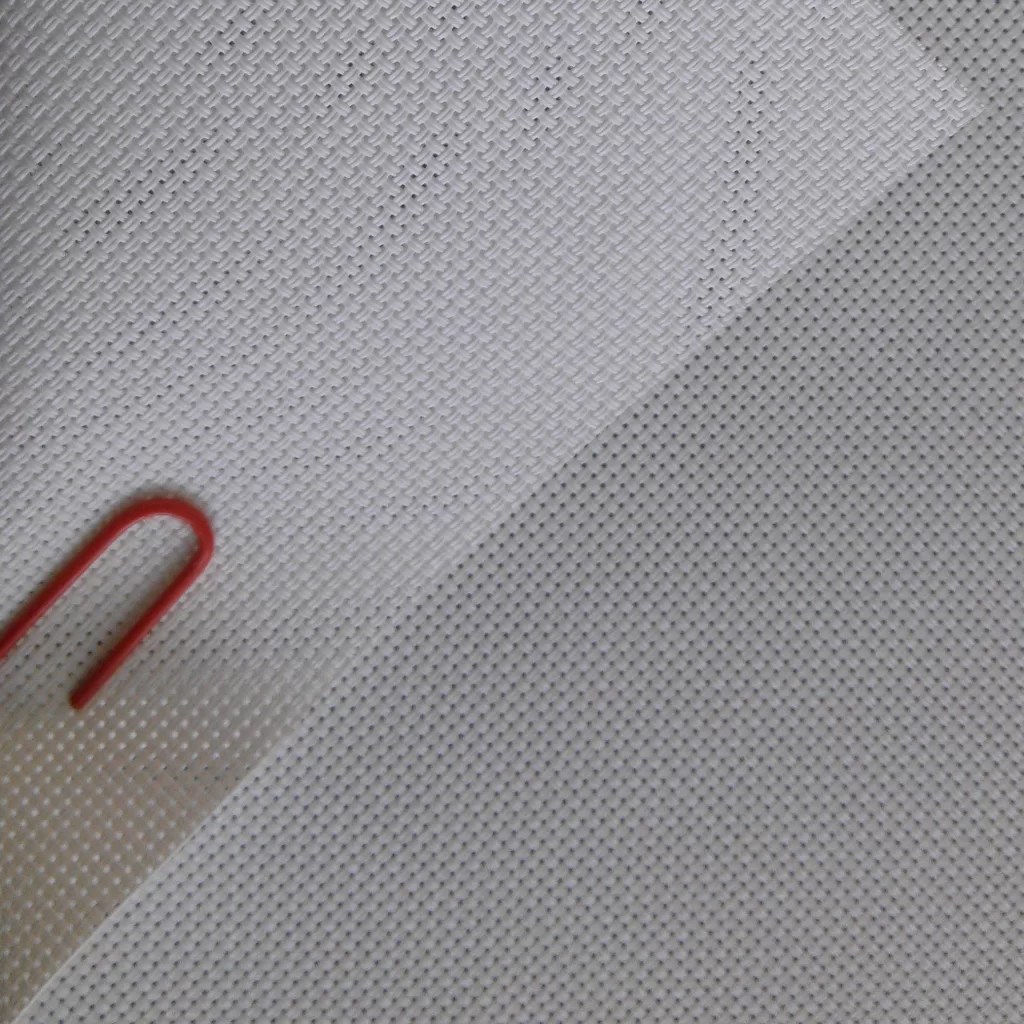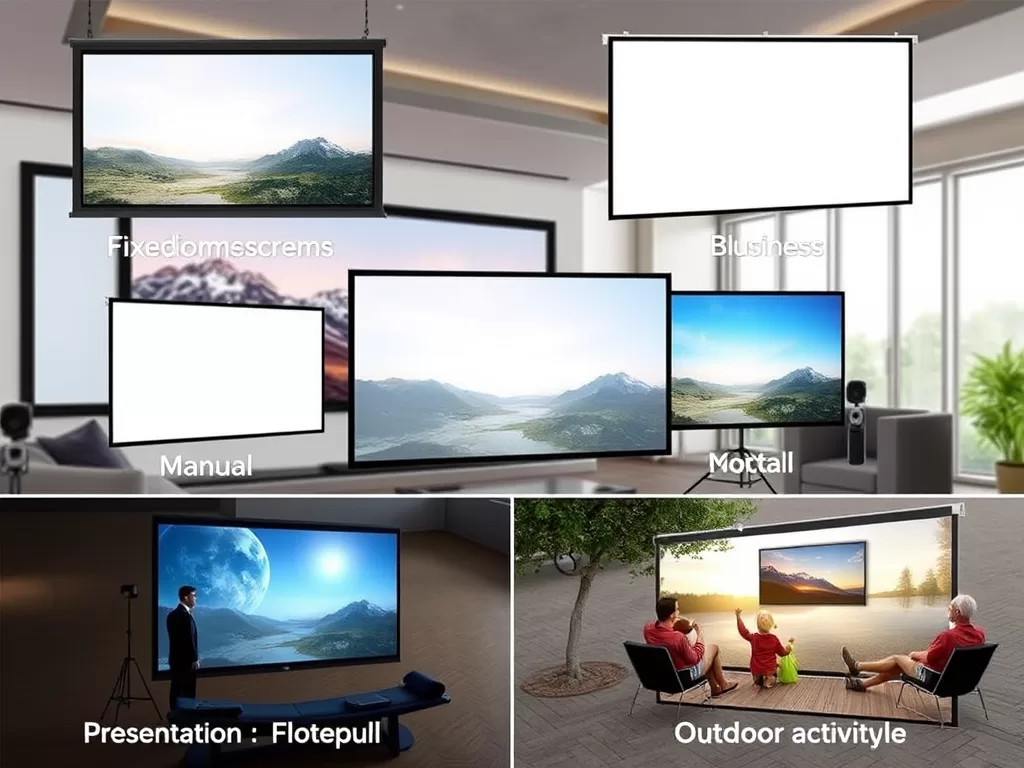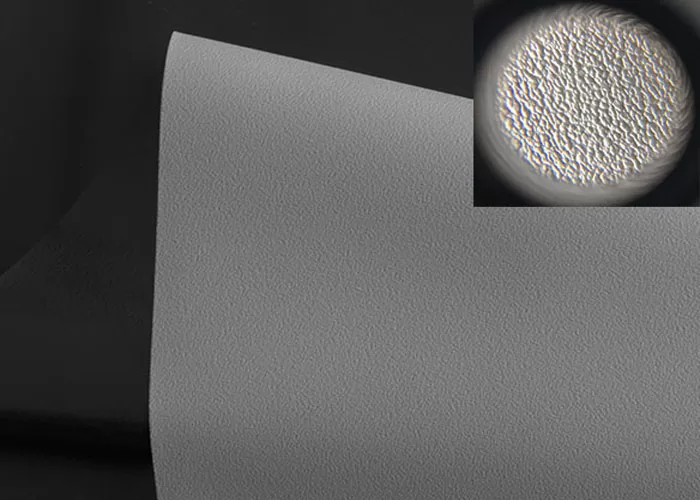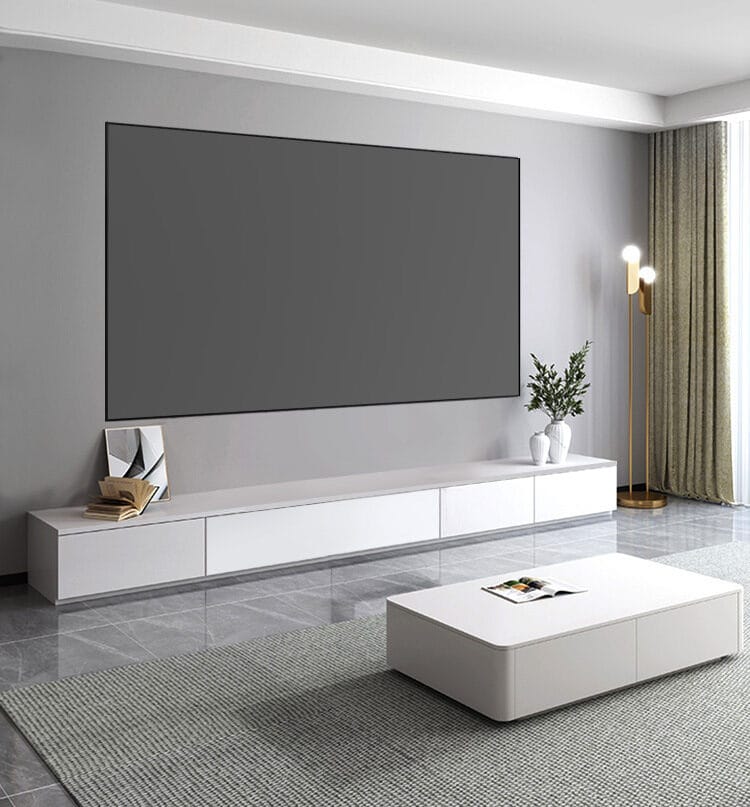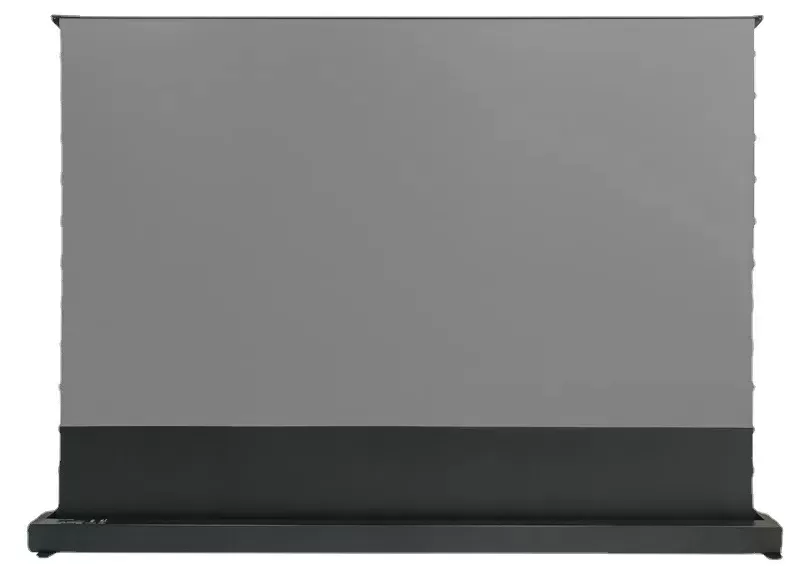CLR Screen and Fresnel ALR Screen
CLR Screen and Fresnel ALR Screen.CLR screen is also called Black Grating ALR Screen.
I. CLR Screen and Fresnel ALR Screen Technical Principles and Structural Differences
- CLR Screen
- Structure: The screen surface uses a horizontal sawtooth prism structure composed of alternating black and white layers. The white angled surfaces reflect light from the projector (positioned below), while the black layers absorb ambient light from above and the sides.
- Principle: Selectively reflects projector light while blocking ambient light through directional absorption.


- Fresnel ALR Screen
- Structure: Features semi-concentric circular grooves (similar to a flattened concave mirror). These grooves not only reflect light from the projector lens aligned with the center of the circles.while absorbing stray light from above and the sides.
- Principle: Uses Fresnel lens-like focusing properties to concentrate projected light into a narrow viewing zone,enhancing brightness and ambient light rejection.


II. CLR Screen and Fresnel ALR screen Performance Comparison
1. CLR Screen
- Advantages:
- Wider Viewing Angle: Up to 160° horizontally, ideal for group viewing.
- Superior Ambient Light Rejection:These screens significantly reduce the impact of ceiling-mounted lights.Ensuring a clear and vibrant image even in well-lit rooms.
- Flexible Installation: Available in soft/flexible or rigid formats; easier to transport and store.
- Adaptability: Works on most wall types; some models support magnetic or frame mounting (no drilling required).
- Premium UST projector screen,Ideal for UST (Ultra Short Throw) Projectors–
- CLR screens are optimized for ultra-short throw projectors,making them a great choice for home theaters, conference rooms, and living spaces.
- Best used for Home theaters, living rooms, offices etc.
- Moderate Ambient Light Rejection: ~93% ambient light rejection;
2. Fresnel ALR Screen
- Advantages:
- Superior Ambient Light Rejection: ~96% rejection rate; significantly better performance in bright environments.
- High Brightness Gain: Up to 1.6x brightness boost due to light-focusing design, delivering sharper images.Viewing angle within 120°.
- Enhanced Image Quality: Supports true 8K resolution; richer colors and depth closer to OLED TV quality.
- Premium UST projector screen,also premium standard throw projector screen.Optimized for UST and Standard Throw Projectors:Fresnel screens work well with both ultra short throw projectors and standard throw projectors.
- Best used for High-ambient-light rooms, corporate settings,home theater,living rooms,offices etc.
III. Recommended Use Cases
- CLR Screen:
- Family/Group Viewing: Wide viewing angles suit living rooms.
- Best used for Home theaters, living rooms, offices etc.
- Fresnel ALR Screen:
- Premium Home Theater: Ideal for high-ambient-light rooms or users prioritizing image quality.
- Best used for High-ambient-light rooms, corporate settings,home theater,living rooms,offices etc.
IV. Summary
- Ambient Light Rejection: Fresnel > CLR(Black Grating).
- Viewing Angle: CLR(Black Grating) > Fresnel.
Recommendation: Choose Fresnel for maximum image quality in controlled environments,and if you need a screen that maximizes brightness and works well in general ambient light conditions;
Opt for CLR screen for flexibility, wide angles, and room has significant overhead lighting.


